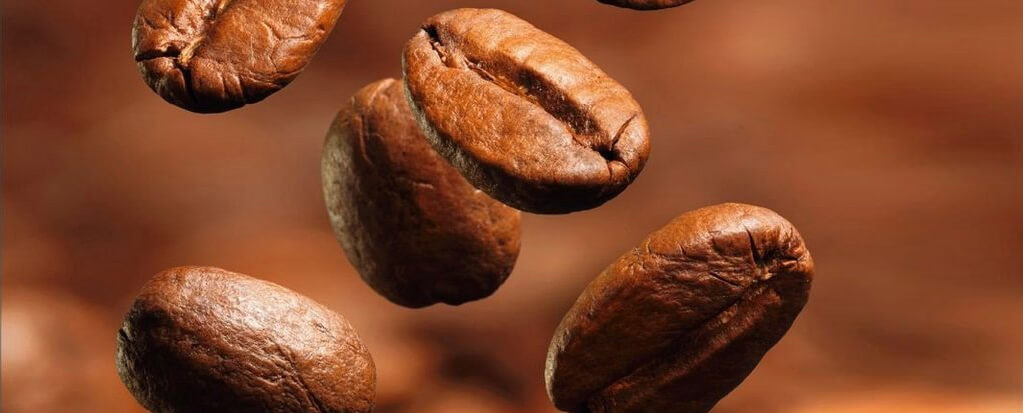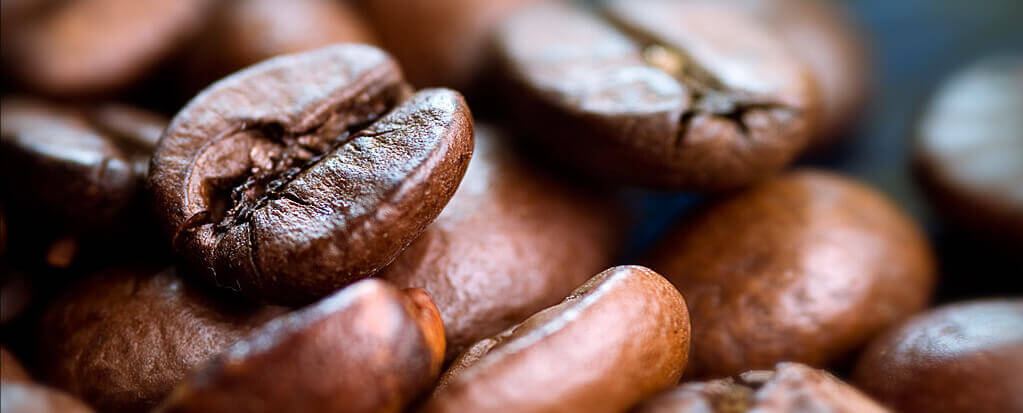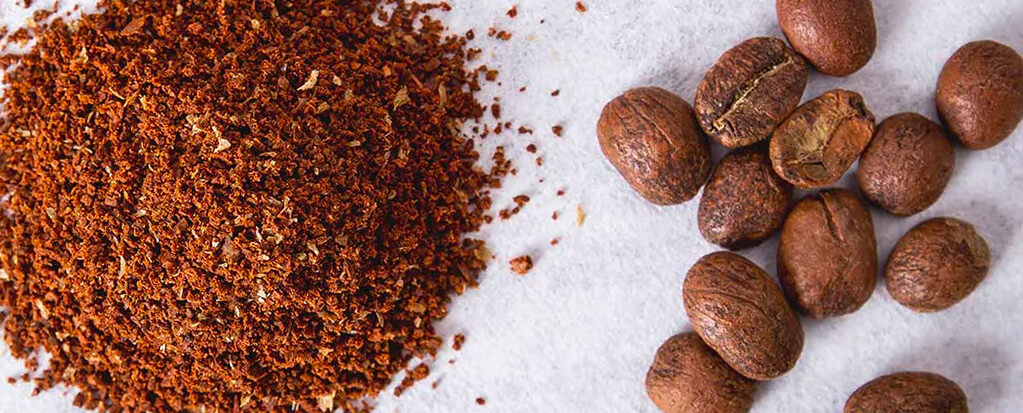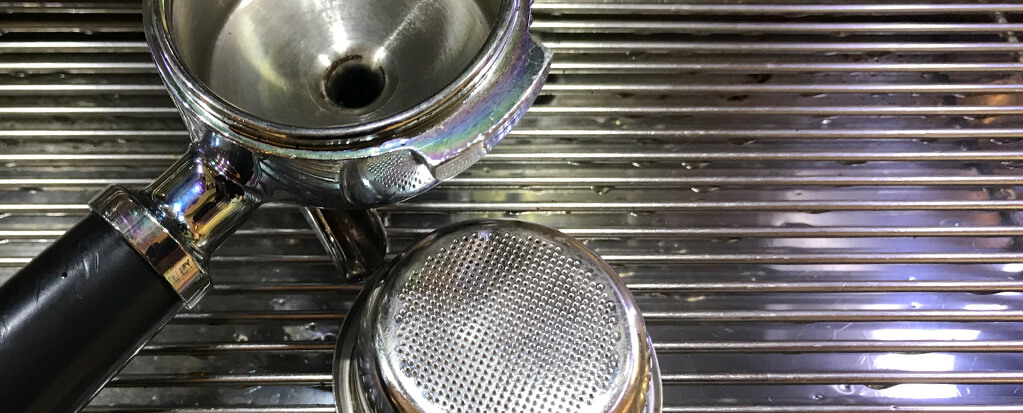The easy way to the perfect grind
A millimetre can decide whether you like your coffee or not! Do you know that coffee nerd or that person with the imprecise grinder?
The path to the perfect grind
If the grind is too coarse, your coffee will run into your cup very quickly and you will get a watery, rather acidic result. If, on the other hand, it is ground too finely, it drips slowly, more bitter substances can be released from the coffee and the result contains a lot of body. How do we find the middle ground?
With a classic espresso recipe, a 1:2 ratio.
For example, this is as follows for a portafilter with two spouts for two espressos:
- grind 18g of coffee (fresh), weigh and pour into the portafilter
- extract for 25 seconds on the coffee machine and
- obtain a result of 2 x 18g
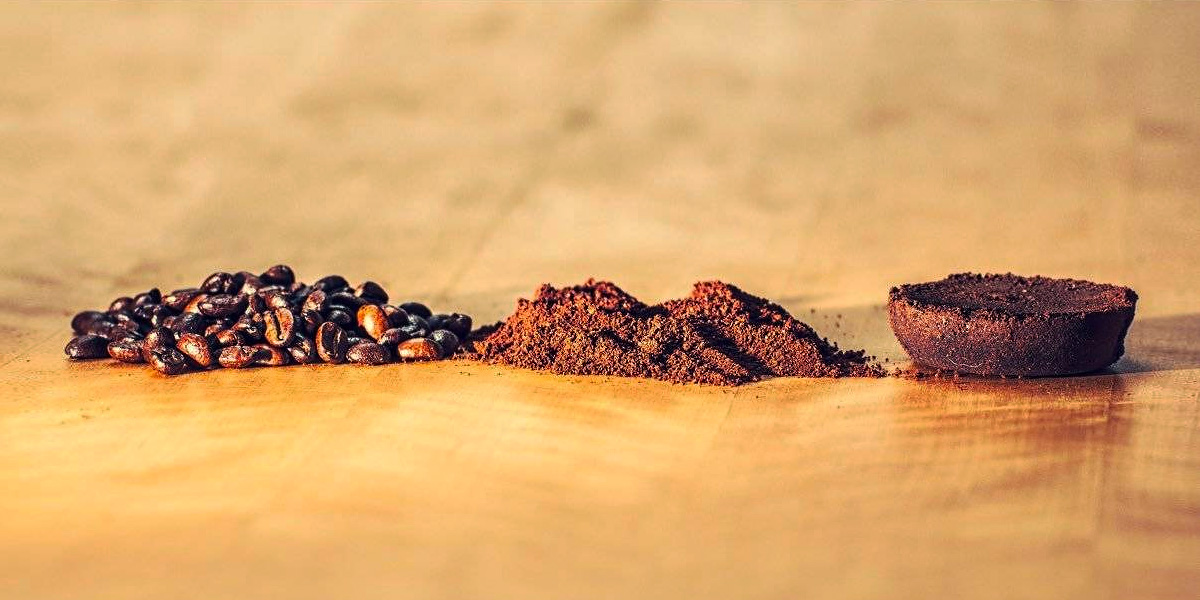
Espresso recipe
No 18g in your two cups as a final result? Don't worry! 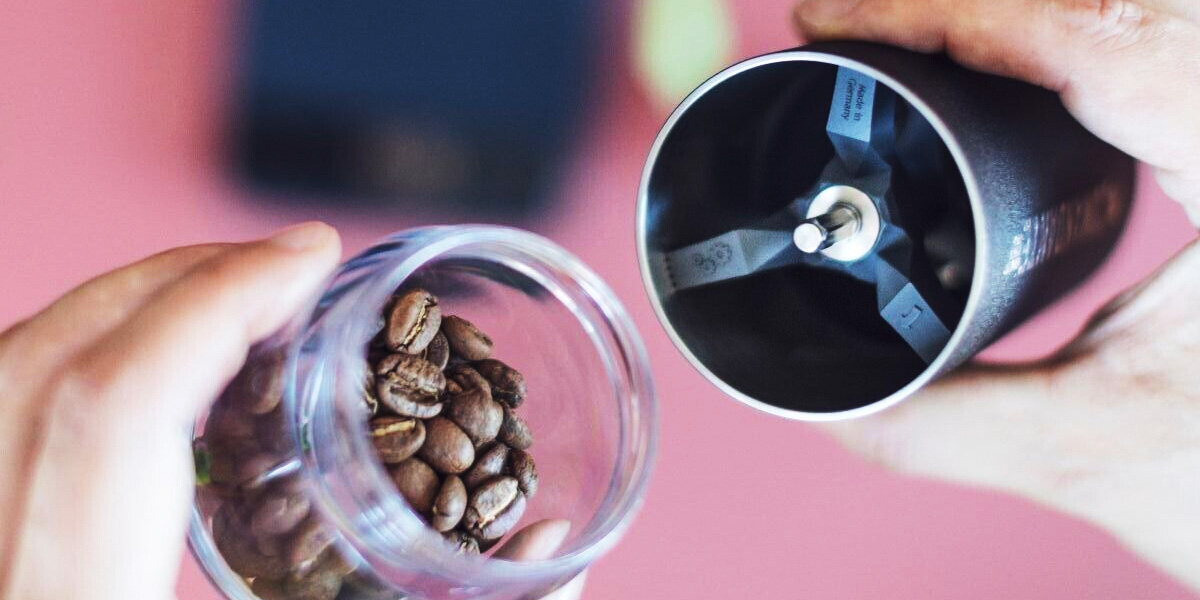
Hand grinder or electric grinder?
The grinder plays a key role in how your coffee ultimately tastes in the cup. If you're looking for a grinder, it's best to think about how you want to prepare your coffee every day.
Do you mainly like filter coffee and like to take your time preparing it? Then the hand grinder is your perfect friend, which you can take with you wherever you go. A classic is the Comandante, an extremely precise hand grinder, popular with coffee lovers and professional baristas alike.
Do you prefer a classic espresso from your portafilter machine? Then you need a much finer grind (than for making a filter coffee). If we were to use a hand grinder for this, it would take a good 3-4 minutes to get the desired number of grams. A daily integrated strength training programme, so to speak!

Which electric grinder is right for you?
For a perfectly extracted espresso, we need a homogeneous grind and therefore a grinder with good grinding discs. You can choose between conical and flat grinding discs. Both have their advantages and disadvantages. We do not recommend grinders with beater discs.
Grinders with flat grinding discs
Consist of 2 grinding disc rings that lie on top of each other. Driven by the motor, one of the two rings rotates and grinds the coffee beans, which are then transported out of the grinder by the centripetal force. We therefore always have a certain amount of residue in a grinder with flat grinding discs, which makes changing coffee beans somewhat tedious. However, flat grinding discs generally produce an extremely homogeneous grind.
Coffee grinders with conical grinding discs
Grinders with conical grinding discs (conical burr grinder) In grinders with conical grinding discs, the coffee beans are transported through the grinder by gravity and the rotating cone in the centre grinds the beans. An option with little residue remaining in the grinder, which makes it easier to change the coffee beans. At the same time, little heat is generated during grinding as the coffee beans are driven through the grinder by gravity. However, the grind distribution can vary slightly.
tip when buying a grinder with flat grinding discs: If you normally make several coffees in a row, then slightly larger grinding discs are recommended, as the speed is lower and the grinder therefore heats up less. This is ultimately important for our flavour experience.

Would you like to be able to adjust the coffee dosage on the grinder?
There are 3 main types of grinder with regard to dosing:
- without dosing: Due to the lack of a dosing memory, you have to weigh out the coffee every time you brew in order to work precisely.
- time-controlled: With the time-controlled version, you can set how long the coffee should be ground. Once you have run through the espresso recipe for the coffee and set the grinding time, you do not have to weigh the coffee again for each grinding cycle.
- weight-controlled: Probably the most convenient option, but usually also the most expensive. You set the desired weight and the grinder grinds exactly the same amount. This grinder is definitely quicker to set when changing coffee.
 Ordered before 2pm, shipped today
Ordered before 2pm, shipped today  FREE SHIPPING FROM 90.00
FREE SHIPPING FROM 90.00 






